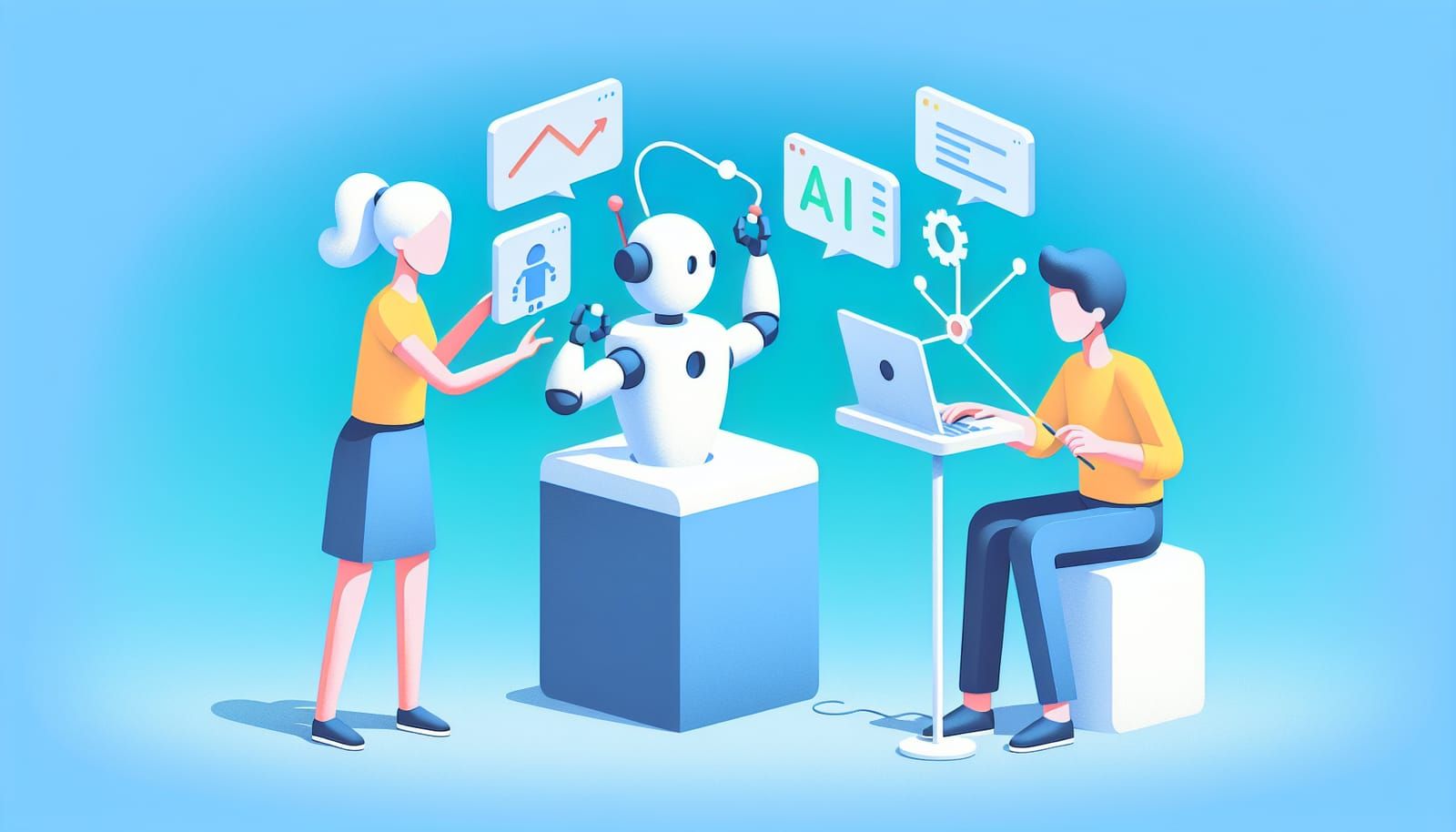Languages are more than just a way to communicate; they carry the stories, traditions, and values of the cultures they represent. Sadly, many languages around the world are endangered, with speakers dwindling due to globalization, urbanization, and cultural assimilation. Fortunately, artificial intelligence (AI) is stepping in to help preserve these precious languages and the cultures they embody. In this article, we will explore how AI technologies are being used to keep endangered languages alive and thriving.
Understanding Endangered Languages
An endangered language is one that is at risk of falling out of use, typically because it has very few speakers left. According to UNESCO, there are over 7,000 languages spoken worldwide, and approximately 2,500 of these languages are considered endangered. When a language disappears, it takes with it a unique perspective on the world, cultural practices, and historical knowledge.
You might wonder, why do we care about preserving these languages? Each language offers a different way of understanding the world. For example, some languages have words for concepts that other languages lack. When a language dies, so does its unique way of seeing life, which is a significant loss for humanity as a whole.
The Role of AI in Language Preservation
AI technology has rapidly advanced in recent years, making it a powerful tool for language preservation. Here are some ways AI is helping:
1. Language Documentation
AI can assist researchers in documenting endangered languages by transcribing audio recordings and creating written materials. Machine learning algorithms can analyze speech patterns and convert them into text, making it easier to create dictionaries and teaching materials. This process is essential for languages that lack written forms.
For instance, researchers can record conversations with native speakers, and AI can help transcribe these recordings, preserving the phonetics and nuances of the language. This documentation is crucial for teaching future generations.
2. Language Learning Tools
AI-driven language learning applications are becoming increasingly popular. These tools can be tailored to teach endangered languages, providing interactive lessons that engage learners. By using speech recognition technology, these applications can help users practice pronunciation and receive instant feedback.
Imagine an app that teaches you a language spoken by only a few hundred people! With AI, learners can access engaging content that makes learning fun and effective. This flexibility allows for language revival efforts to reach a broader audience, including children and adults alike.
Creating Digital Resources
The internet is a treasure trove of information, but many endangered languages lack a strong online presence. AI can help create digital resources, such as websites, social media pages, and online courses, dedicated to these languages. By increasing visibility, communities can attract new learners and speakers.
AI can analyze existing texts and videos in endangered languages, generating new content that is contextually relevant. This could mean creating stories, songs, or educational content that preserves the cultural richness of the language while appealing to modern audiences.
3. Virtual Reality and AI
Virtual reality (VR) combined with AI can create immersive experiences that allow users to explore cultures and languages in an engaging way. Imagine stepping into a virtual village where you can hear the language spoken, participate in traditional activities, and learn about the culture firsthand!
These experiences can be designed to cater to various age groups, making language learning an exciting adventure. VR can transport users to places they may never visit in real life, helping them connect with the culture and language on a deeper level.
Community Engagement
One of the most effective ways to preserve a language is by involving the community. AI can help gather information from native speakers through surveys and interactive platforms. By analyzing this data, researchers can identify key areas for language revitalization efforts.
Community-driven projects can also use AI to share stories and traditions. For example, AI can help create digital storytelling platforms where speakers can share their experiences, preserving oral histories for future generations. This not only helps the language survive but also strengthens community bonds.
4. Translation and Accessibility
AI-powered translation tools are improving rapidly, making it easier for non-speakers to learn endangered languages. These tools can provide translations in real-time, helping to bridge language gaps and foster understanding among different cultures.
For example, if a community is holding an event to celebrate their language, AI can provide live translation services, allowing visitors to participate fully. This accessibility encourages cultural exchange and appreciation, which is vital for the survival of endangered languages.
The Future of Language Preservation
The future is bright for endangered languages, thanks to AI. As technology continues to evolve, we can expect even more innovative solutions to help preserve these languages and cultures. Collaboration between tech companies, linguists, and indigenous communities will be crucial in ensuring that these efforts are effective and respectful.
While AI can offer incredible tools for preservation, human connection remains essential. Engaging with native speakers, participating in cultural events, and supporting language initiatives can significantly impact the survival of endangered languages.
Endangered languages are a vital part of our global heritage, and preserving them is essential for maintaining cultural diversity. AI technology is proving to be a valuable ally in these efforts, providing tools and resources that help document, teach, and revitalize these languages. By harnessing the power of AI and fostering community involvement, we can ensure that the stories, traditions, and wisdom embedded in these languages continue to thrive for generations to come.
So, whether you’re a curious learner or someone passionate about preserving culture, there are countless ways to get involved and make a difference. Let’s celebrate the rich tapestry of languages and work together to keep them alive!


